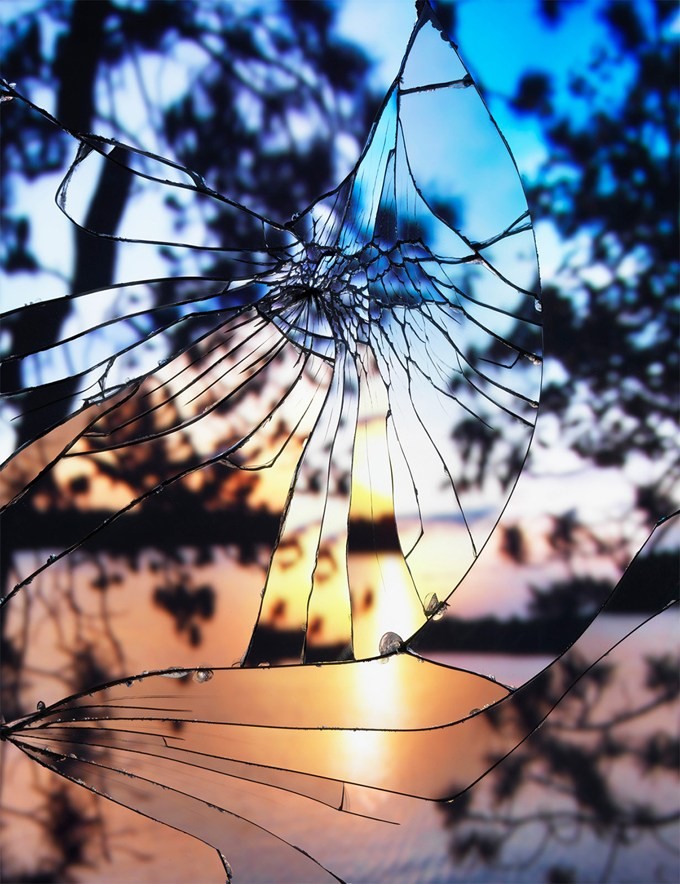
There’s a spark of mania behind every creative person. A certain irrational bet we make that whatever we create can be new and unique, never before seen or heard. This is nothing short of our connection to the infinite and divine and naturally makes us feel unique. Like a child that marvels at her creation (that could[should?] end up on the fridge door) we recognize how special it is to make something out of nothing. Artists are what we think of when reflecting upon these things, but that is too limiting: throughout our lives we create many things, and only tiny fraction of them would be considered “artistic”.
We don’t realize how often we act as creators, arrangers of matter and ideas into new stuff and thought. Because of that, we might miss the undercurrent of so much of our existence: as we exist, we manifest our uniqueness via the choices we make and how we spend our time. Every decision is a bet that our view of the world makes sense.
Seemingly everything stands between two poles: order and chaos, hot and cold, organized and messy, natural and artificial, in and out, light and heavy. We cannot know if Reality is actually organized around these axes or if our cognitive equipment (in its infinitely practical tendency to save energy) is just geared to look at things that way. This, to me, is unknowable.
Our childlike fascination with creating something new, if put on yet another axis, stands opposite to what’s old. Old and New is an eternal pair and makes its way through countless myths and fables. We know it matters, even if not always in what way precisely.
Of course you can create new things that pay homage to old things. Creation and Destruction does not map perfectly on top of Old and New. But one thing is certain: at every moment of creation, a new milestone is driven into the fabric of time. A trivial example is how much fuller your day appears to be when it is a sequence of diverse activities that bear some result (just being busy does not cut it). People that have a lot of hobbies, that travel extensively, that make many friends, they all seem to squeeze more life out of the same years.
When a mirror cracks but stays in place, the discontinuity of its essence is made evident by its sliced and skewed reflections. Sometimes you can even run a finger across its fractured surface and feel no ridge or edge. On its surface, the mirror remains a continuous object. But the light bouncing off of it tells a different story: what was whole is now multiple parts. Even if everything appears to be on the same exact spot, new divisions were drawn. This is what happens with time and creation: maybe you can’t actually move time around, but you can cut divisions into it by the act of creating new things. These might be subtle, but everlasting.

Humans are inherently creative and driven to slice up time by their actions. We can’t help it, this is basically our way of existing.
I’ve spent the last few years working around the industry of looking at things and coming up with ideas. I’ve never really done anything else. I’ll admit I used to think this was “A Very Important Job” (because creativity pairs with with mania, remember?). As I peel off some layers of this entire perspective, it becomes painfully evident that a large part of this industry (the creative, “strategic” industry) is a borderline scam. People that are competent at drawing out engaging analogies and concepts that explain the messy world have a natural advantage in today’s tiresome, unforgiving cognitive landscape. Like a conceptual ponzi scheme, you are constantly told that what worked yesterday must be replaced with today’s newest thing. Today’s newest thing will be obsolete later this afternoon.
Like a ratchet that can move only in one direction, this oversized valuation of what is new can never be scaled back. And as creative, meaning-making beings we are, of course we are bound to bite off more than what we can chew. Like a cultural Red Queen Effect, we trample over each other to be able to come up with the newest thing that we can use to surf out of the melee. It’s like fluid dynamics really, when a current curls into itself just after overtaking the previously dominant flow.

We create new things because we must. And in every creation we slice the mirror of time just another time. This is not good or bad as it isn’s bad that lions hunt zebras. If we close our eyes and touch the mirror, we might not feel it’s cracks. But a simple peek at its reflection will make these divisions more evident. As the fish ignores the water it inhabits, we rarely notice how creation is our mode of existing and how that affects our relationship with the past.
I needed these many words to arrive at where I set out to from the start: our obsession with the new is robbing us of the lessons of the past. Tradition is not only about dead people telling you how to live (there’s plenty of that to be sure): it is also like the signs hobos left in their wake, warning future wanderers of the perils and opportunities that lay ahead.

We live between poles. There’s no solution that freezes things in the right balance. But it seems wise to consider the trade-offs of our fascination with new things and new ideas.
Leave a Reply